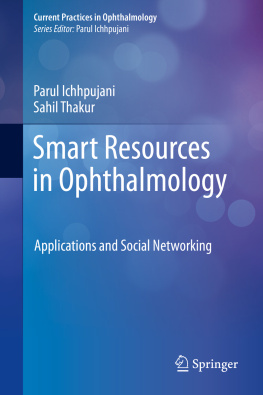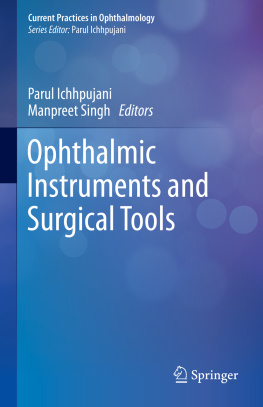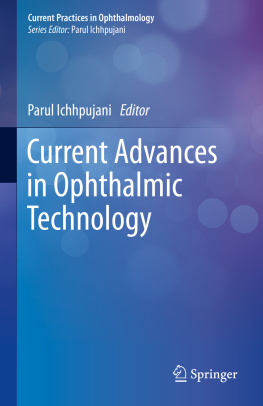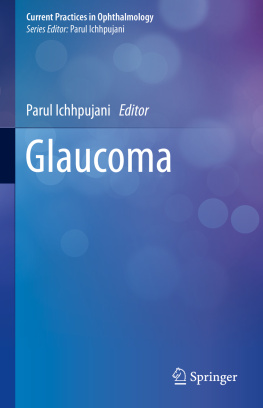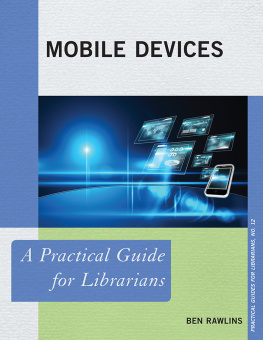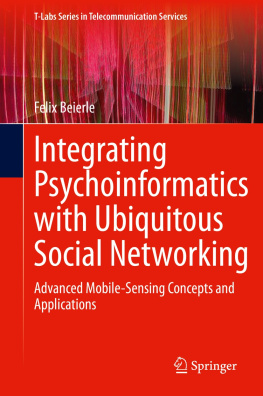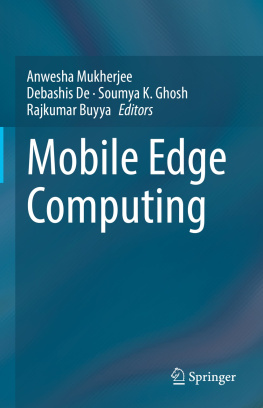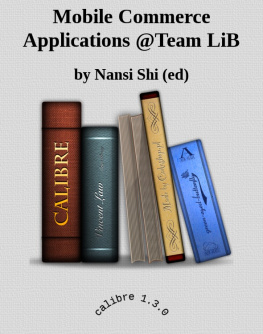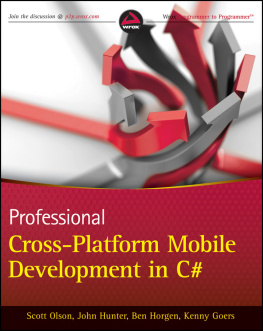Parul Ichhpujani - Smart Resources in Ophthalmology: Applications and Social Networking
Here you can read online Parul Ichhpujani - Smart Resources in Ophthalmology: Applications and Social Networking full text of the book (entire story) in english for free. Download pdf and epub, get meaning, cover and reviews about this ebook. year: 2018, publisher: Springer, genre: Science. Description of the work, (preface) as well as reviews are available. Best literature library LitArk.com created for fans of good reading and offers a wide selection of genres:
Romance novel
Science fiction
Adventure
Detective
Science
History
Home and family
Prose
Art
Politics
Computer
Non-fiction
Religion
Business
Children
Humor
Choose a favorite category and find really read worthwhile books. Enjoy immersion in the world of imagination, feel the emotions of the characters or learn something new for yourself, make an fascinating discovery.
- Book:Smart Resources in Ophthalmology: Applications and Social Networking
- Author:
- Publisher:Springer
- Genre:
- Year:2018
- Rating:3 / 5
- Favourites:Add to favourites
- Your mark:
Smart Resources in Ophthalmology: Applications and Social Networking: summary, description and annotation
We offer to read an annotation, description, summary or preface (depends on what the author of the book "Smart Resources in Ophthalmology: Applications and Social Networking" wrote himself). If you haven't found the necessary information about the book — write in the comments, we will try to find it.
Ophthalmology has always been at the forefront of medicine when it comes to adopting the latest developments be they lasers, off-label anti-VEGF drugs or biocompatible implants. Mobile phones and tablets have infiltrated our private and professional lives and they are here to stay. As such, this book explores the endless possibilities that mobile computing offers, and introduces the vista of opportunities for providing better care, one download at a time.
As part of the series Current Practices in Ophthalmology this volume is intended for residents and fellows in-training, as well as general and specialist ophthalmologists.
Parul Ichhpujani: author's other books
Who wrote Smart Resources in Ophthalmology: Applications and Social Networking? Find out the surname, the name of the author of the book and a list of all author's works by series.

